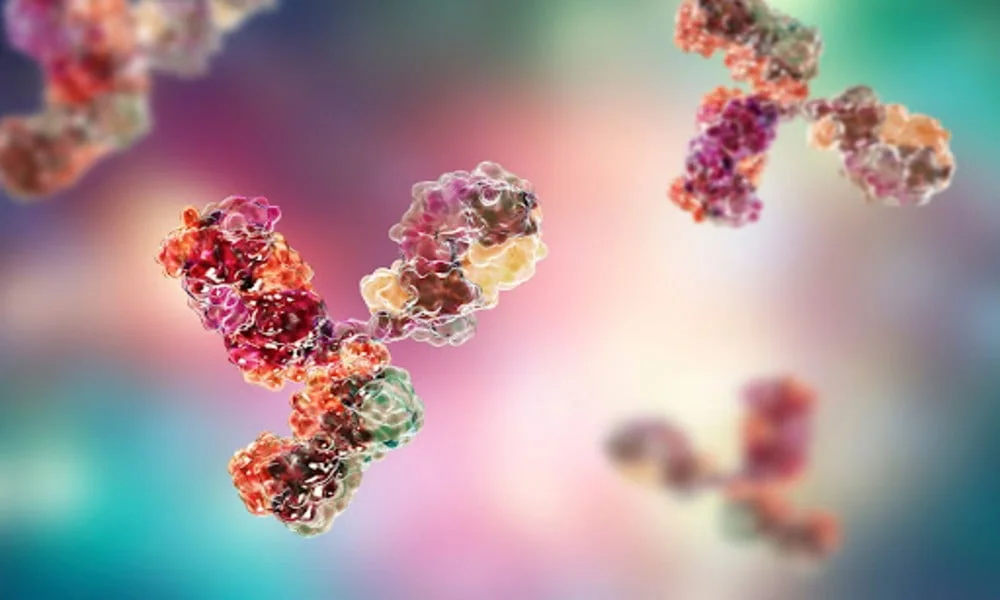Monoclonal Antibody Production is an important part of the research, diagnostics, product, and development that provides several benefits to patients suffering from diverse diseases. They provide a wide range of therapeutic uses for targeted therapy. Monoclonal antibodies or mAbs are capable of precisely recognizing the only epitope present on the antigen. The mAbs have higher specificity than the polyclonal antibodies (pAbs), which makes mAbs ideal for diagnostics and therapeutic applications.
Here, are the 4 Tips For Monoclonal Antibody Production:
The specificity is the sole reason why mAbs are ideal for medical applications such as diagnostics or therapeutic applications. There are four solid tips for monoclonal antibody production as follows.
1. Hybridoma Generation
Hybridoma cells are the ones with the ability to reproduce and secrete the antibody of interest while actively carrying on the production. The hybridoma cells have the potential to be unlimited replicative that gives significant high levels of monoclonal antibody production results. The duration for constructive production of monoclonal antibodies takes up to nine to ten months for the generation of hybridomas.
Traditional methods are set in for the production procedure such as the in vivo. Various approaches are taken up for the production of concentrated antibodies that including stirred tank fermenters, hollow fiber bioreactors, roller bottles, spinners, tissue cultures, etc.
2. Antibody Phage Display (APD)
APD is usually used when there is a requirement to produce fully human antibodies against a specific or targeted antigen. APD has a wide application in generating research antibodies and antibodies that are based on therapeutics. Phage display APD has about three steps that make up for optimal batch production of mAbs.
The first is a vector construction that involves the incorporation of several heavy and light chain genes. The vector is then expressed in the host of choice allowing coupling of the genotype as desired with the phenotype. This sets into a large collection of phage-bearing antibodies that are generated. Whilst the researchers can put up the selection procedures in action to isolate phages and bind them to the targeted antigens.
The third and crucial step is known as panning, this occurs when phages are exposed to the antigen of choice and only the phages that are bound to the antigen are replicated in the host say E.coli. Thereby amplifying the mAbs and constructing the expressions generating purified antibodies.
3. Humanized Mice
Humanized immune system models are used to generate monoclonal antibodies. The first human mAb generated was in a transgenic mouse for the epidermal GF receptor-expressing colorectal cancers. This enabled the surge of researchers to rapidly progress toward the production of humanized mice antibodies in clinical trials.
4. Antigen-Specific Mouse Monoclonal Antibody Production
Mice are commonly used for the production of mAbs, there is a fusion of cells that occurs when antibodies are set to production. There must be extra care taken when fusing B-cells with myeloma cells, as they are very fragile. With fetal bovine serum (FBS) is used as a growth factor providing cellular factors.
Monoclonal antibody production is a tricky and time-consuming process that is technically challenging, with accurate hybridomas established once, there is a way to develop specific targeted monoclonal antibodies. Scaling up the production can be done with the methodologies above.
Conclusion
GenNext Genomics have their skilled scientists create established hybridomas that are used for developing and setting the monoclonal antibody production with specific targeted actions towards the antigen. With the trained professionals at work adding Monoclonal Antibody Contract Manufacturing of biologics, GeNext Genomics serves the industry.
The high-quality biologics and targeted specific mAbs are delivered to the industry pioneers for their focused research and development for developing precise Monoclonal Antibody Drugs.



